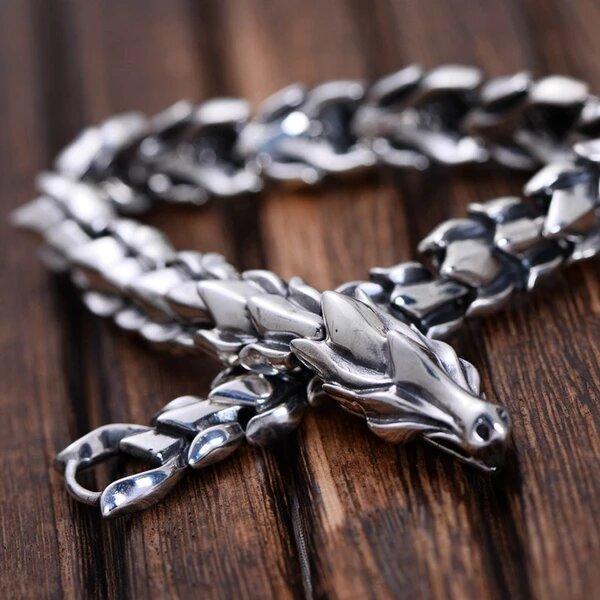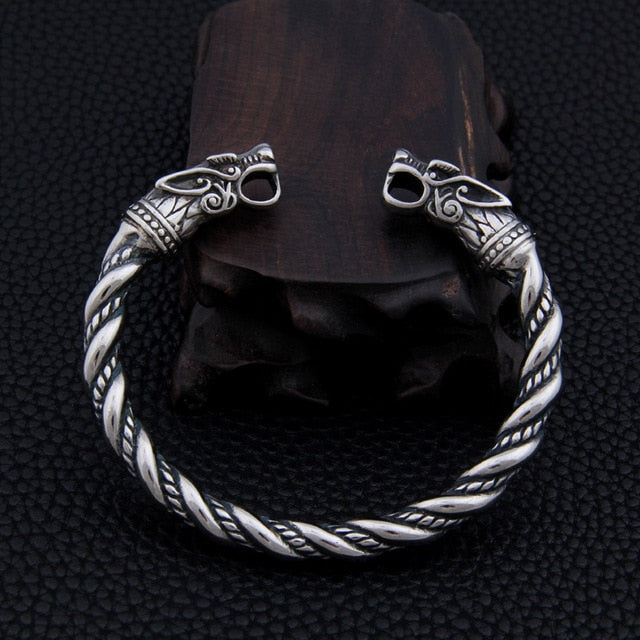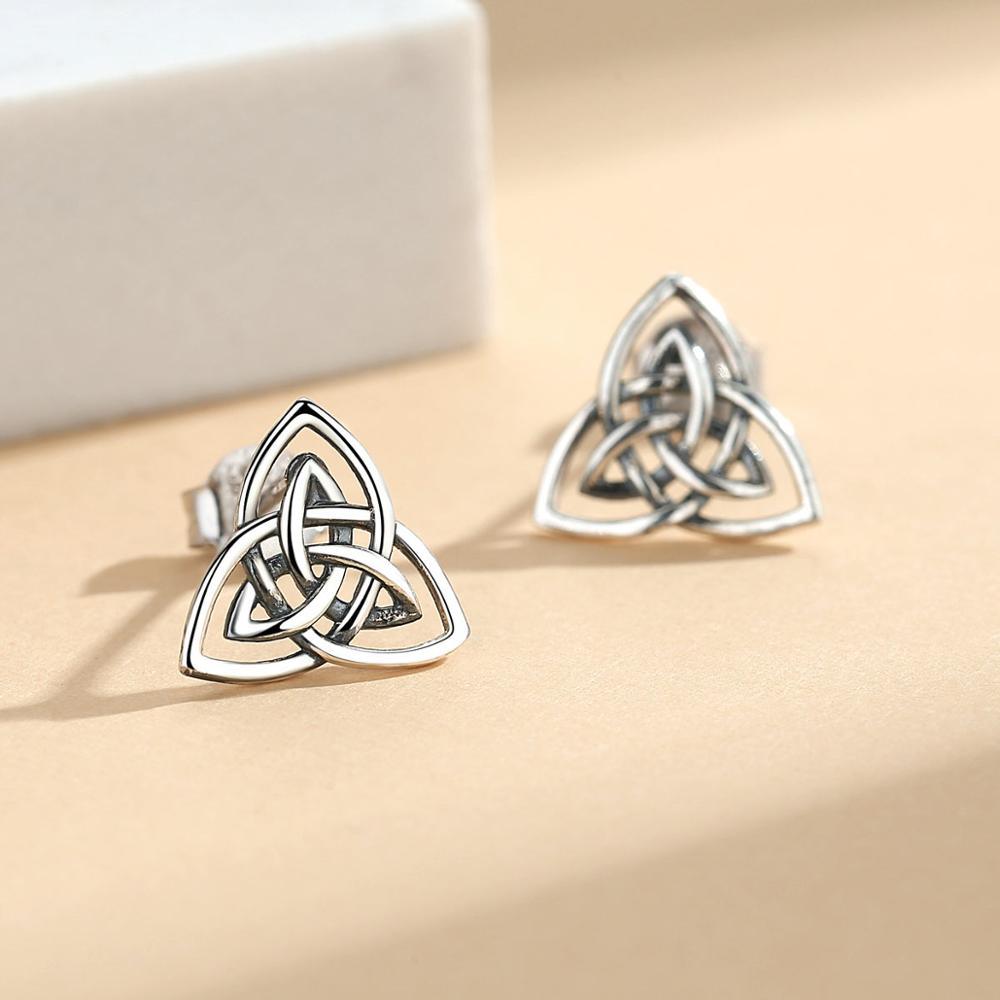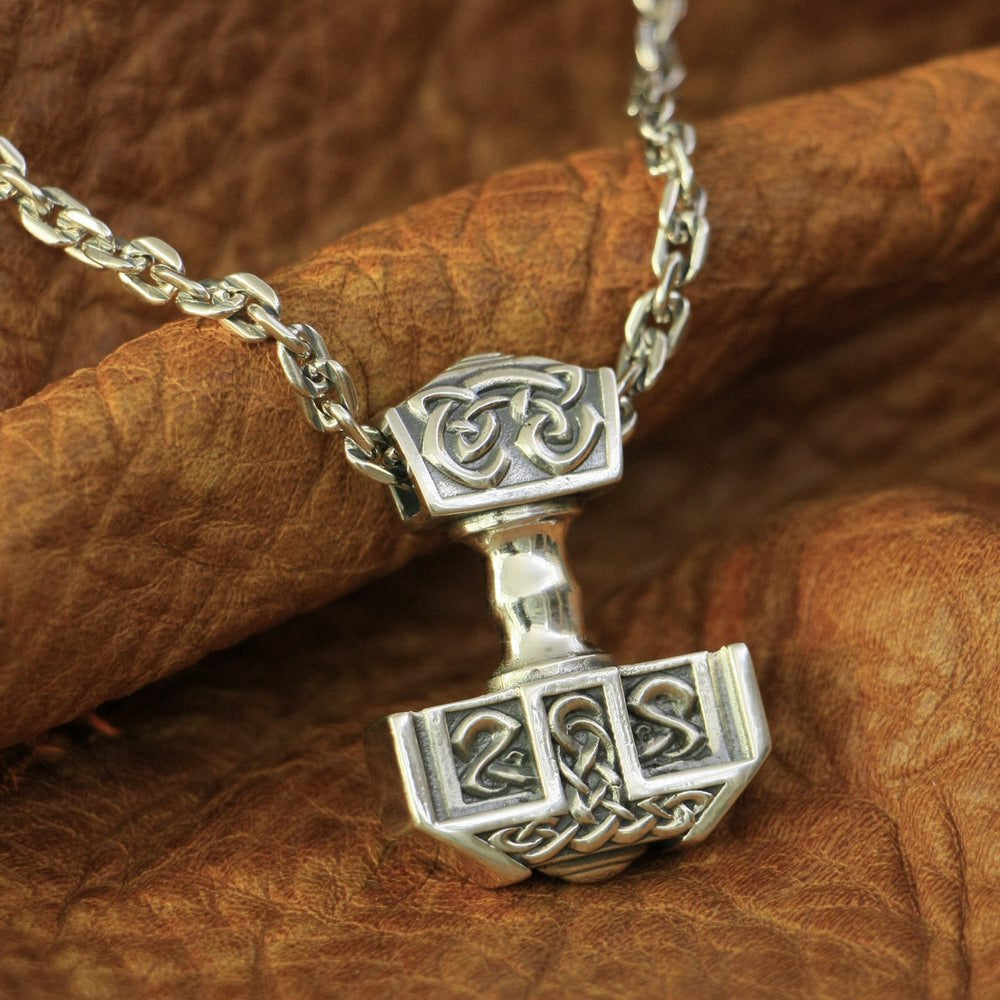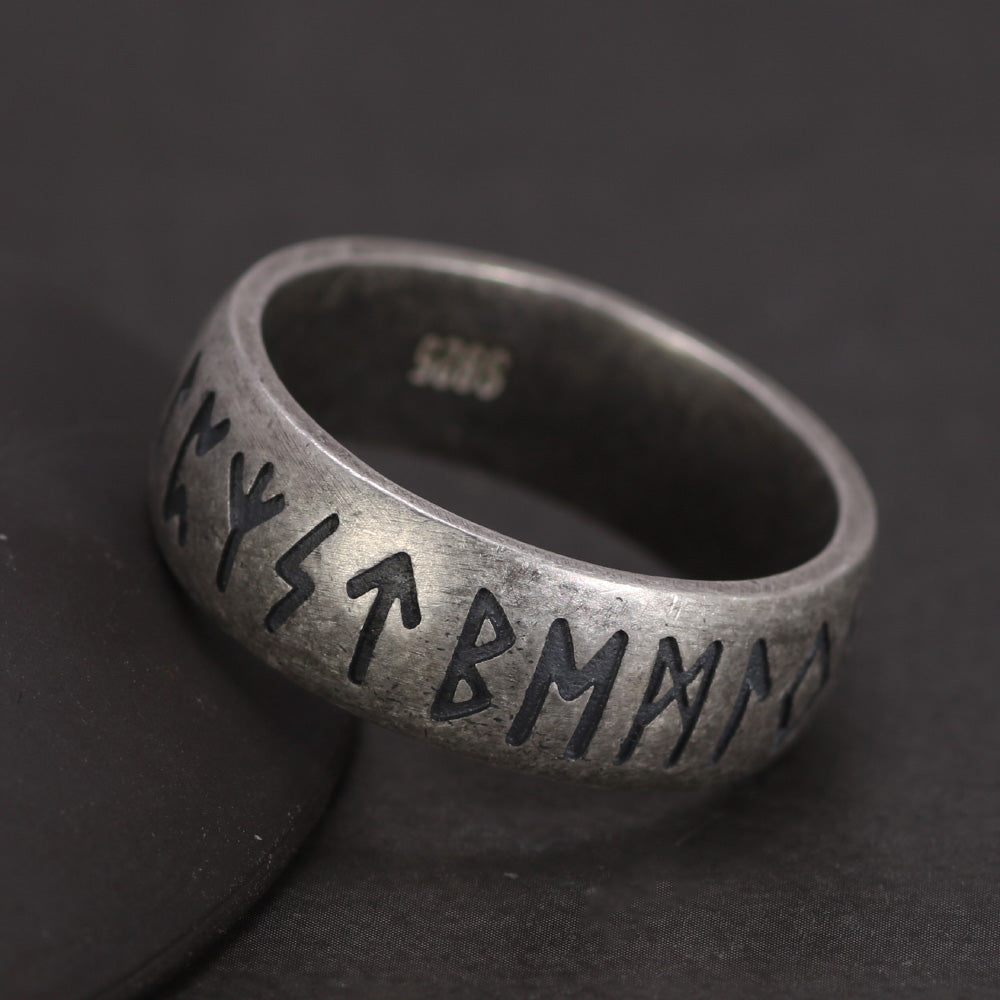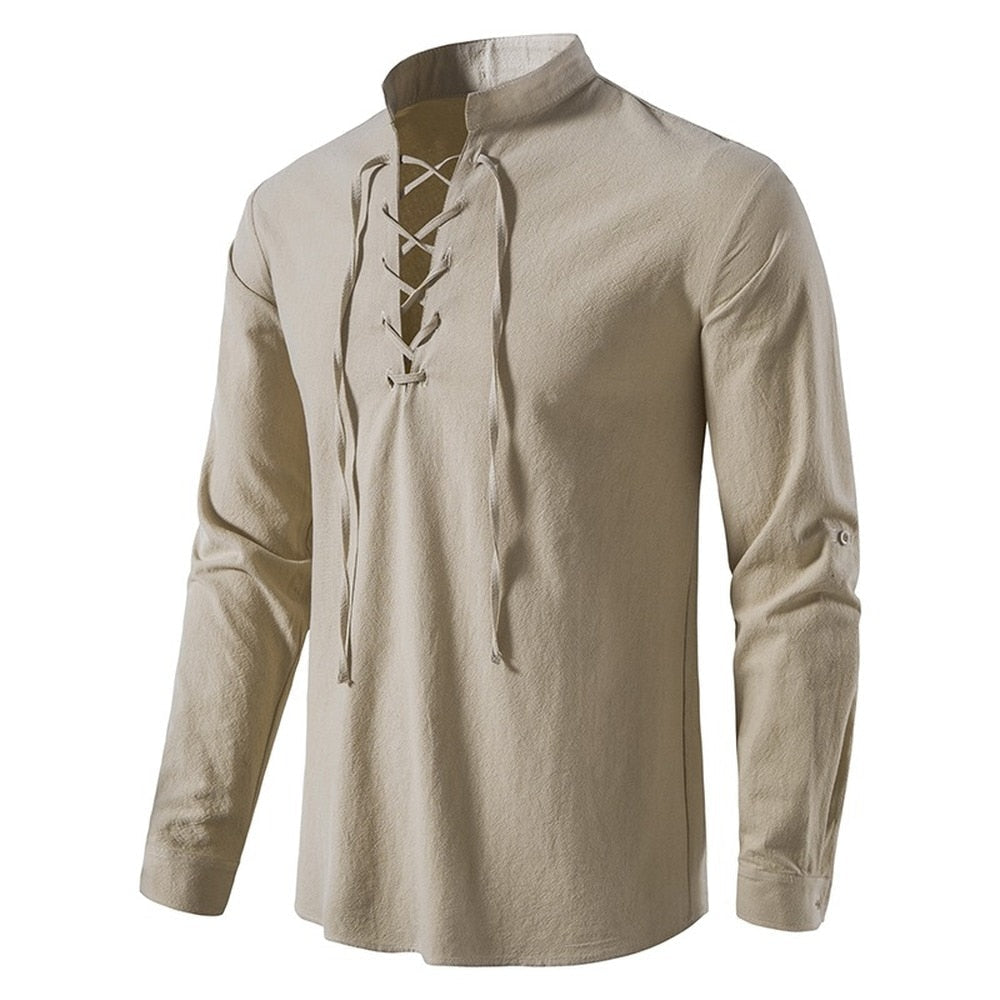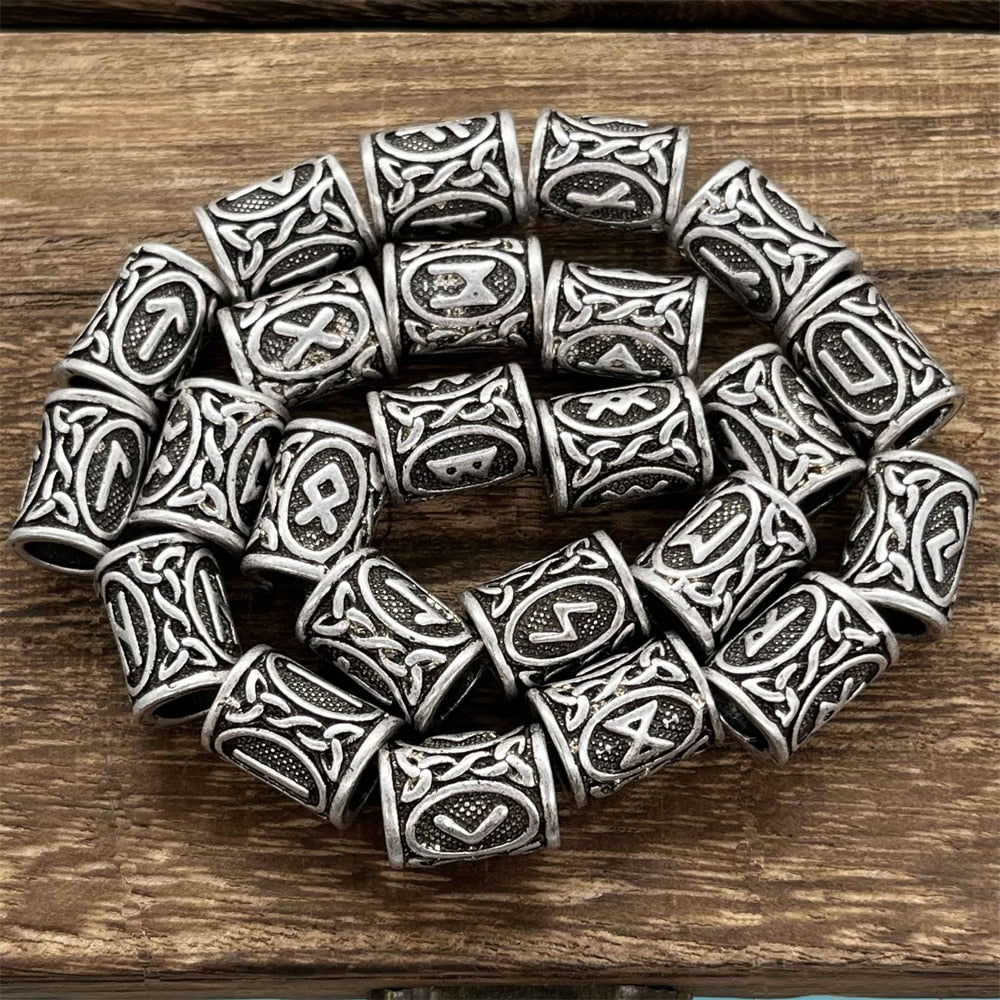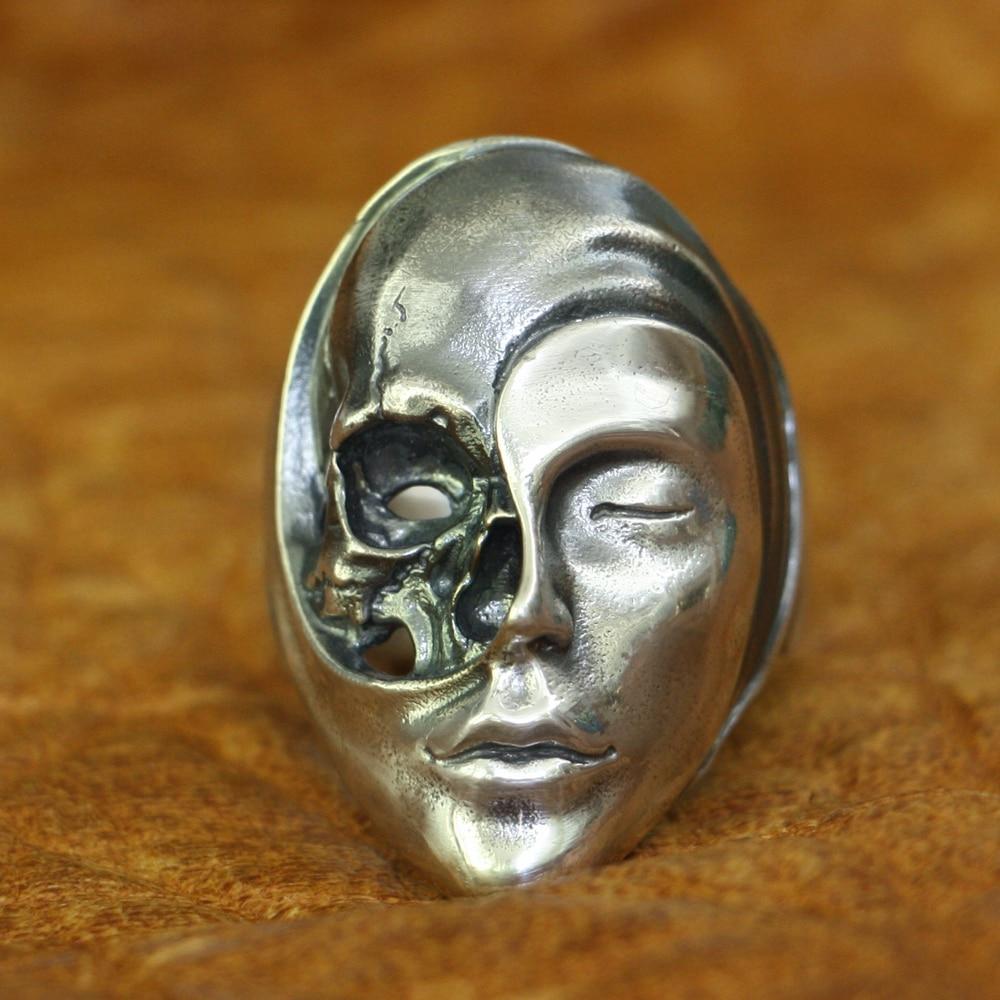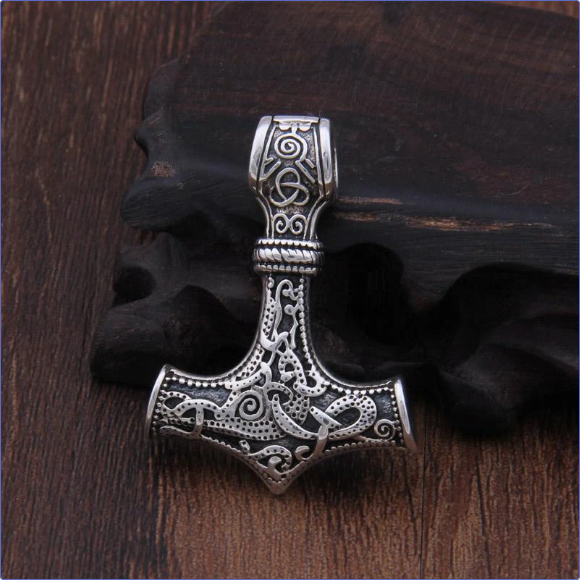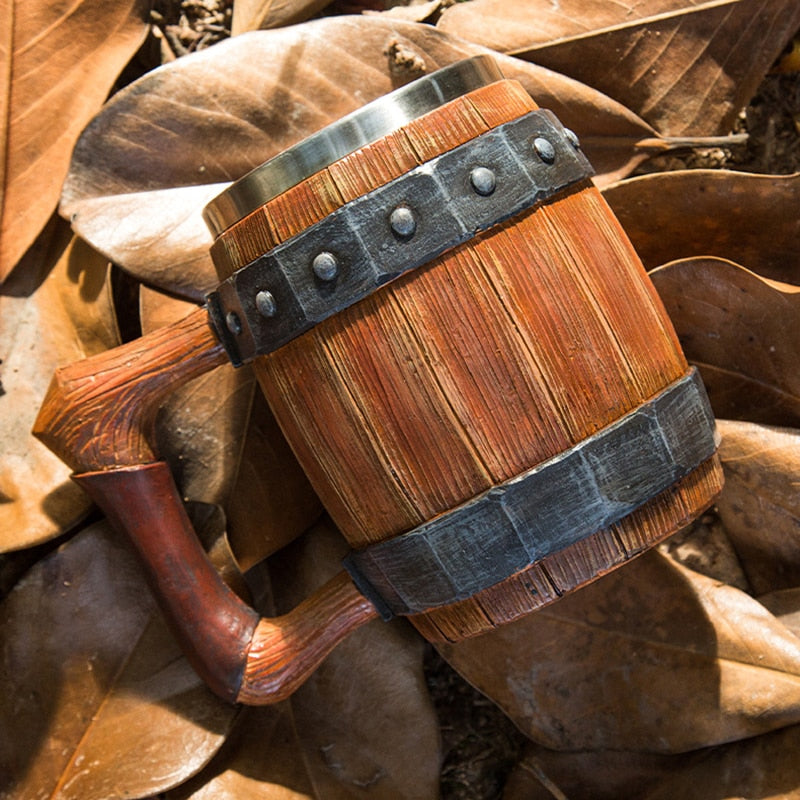The “Silk Road,” typically conjures images of camel caravans trudging across deserts from China to the Middle East, bringing silk and spices to the west, not of Norse longships. Yet the Vikings, better known for their raids and conquests, were deeply entwined in vast trade networks stretching all the way to the heart of Asia. This lesser-known network—often dubbed the Viking Silk Road—is a fascinating tale of cultural exchange, economic ingenuity, and global connectivity in the early Middle Ages.

Vikings as Merchants
The term Viking does not refer to an ethnic group, but rather a profession taken by the Norse peoples, one that originally could have meant “pirate” or “raider”, but soon broadened to encompass trading and sea expeditions. While the Vikings certainly didn’t shy away from violence, they were also highly skilled traders and sailors, having access to the most advanced sea vessels of their time. The Viking longships weren’t just tools of war—they were also perfectly designed for trade. Fast, maneuverable, and capable of navigating both open seas and shallow rivers, these ships allowed Norse merchants to reach markets from the British Isles to Byzantium, and even deep into the Islamic Caliphates.
Trade was a crucial part of Viking society. At the height of the Viking Age influence (roughly 8th to 11th centuries), Viking merchants dealt in furs, amber, honey, and walrus ivory—precious goods in high demand across Europe and Asia. In return, they received silver, silk, spices, glassware, and exotic goods from the East.
Birka to Baghdad: A Trade Route Across Worlds
One of the most significant Viking trade towns was Birka, located in present-day Sweden. This settlement was a bustling hub where merchants from Scandinavia could trade goods from across Eurasia. From Birka, Viking traders traveled eastward along river systems like the Dnieper and Volga, using portage routes to carry their ships between waterways when necessary.
These river routes allowed the Vikings to penetrate deep into modern-day Russia and Ukraine, eventually reaching the Caspian Sea and the Black Sea. Their final destinations were often the rich markets of the Byzantine Empire and the Abbasid Caliphate, with Baghdad emerging as a particularly lucrative hub. Here, they traded furs and slaves for fine silks, spices, silver coins, and even perfumes.
Archaeological discoveries have confirmed these connections. Arabic silver coins—dirhams—have been found in great quantities across Scandinavia, particularly in burial mounds and hoards. In some cases, these coins were melted down and recast into jewelry, or used as raw currency. The sheer volume of Islamic silver in Norse lands speaks to the intensity and regularity of this East-West trade.

Silk in the North: Evidence of Eastern Luxury
One of the most striking findings from Viking burial sites is the presence of silk. High-status graves, especially those of Viking women, often contain remnants of silk garments and decorations. This fabric was incredibly rare and valuable in the north, highlighting the prestige of these international trade networks.
In a stunning example, silk found in the Oseberg ship burial in Norway—dating back to the early 9th century—contains patterns and weaving techniques characteristic of Persian and Central Asian craftsmanship. These silks would have had to travel thousands of kilometers, likely passing through Baghdad and the steppes before reaching the Viking world.

Cultural Exchange Along the Way
The Viking Silk Road wasn’t just about goods—it also facilitated cultural and technological exchange. Inscriptions in Arabic script have been found on Viking items, and Norse runes have appeared as far east as the Volga River basin. Some Norse warriors even served in the elite Varangian Guard of the Byzantine emperors, bringing back stories and souvenirs from Constantinople (Read more about the Varangian Guard here).
There’s also linguistic evidence of these interactions. Several loanwords in Scandinavian languages trace their roots to Arabic or Persian, suggesting that prolonged contact left a mark on the Viking tongue.
Why Don’t We Hear More About This?
Despite the compelling archaeological and textual evidence, the Viking role in global trade often gets overshadowed by their military exploits. Part of this is due to the drama of their raids—monasteries on fire make for more thrilling tales than merchants haggling over silk bolts.
But another reason is that modern history has often segmented civilizations—Scandinavians in the north, Muslims in the Middle East, Chinese in the Far East—as if they existed in isolation. The Viking Silk Road challenges that view by demonstrating that even in the so-called “Dark Ages,” the world was far more interconnected than we typically imagine.

Rethinking the Vikings
The image of the Viking as a raider needs to be balanced with the image of the Viking as a global trader. These seafaring Norsemen were just as likely to be found brokering deals in Baghdad as they were storming the coast of England. Their reach and ambition helped weave together a complex web of economic and cultural exchange that spanned continents.
Interconnectivity is not a modern invention. The Viking Silk Road reminds us that even a millennium ago, people were crossing borders, sharing ideas, and shaping history through trade.
References
Haywood, John. Northmen: The Viking Saga, AD 793–1241. Thomas Dunne Books, 2016. ISBN: 9781250106193
Frankopan, Peter. The Silk Roads: A New History of the World. Vintage, 2016. ISBN: 9781101912379
Kovalev, Roman. Commerce and Exchange Across the Mediterranean and the Near East in Antiquity: The Economic and Cultural Impact of the Viking Trade. Brill, 2018. ISBN: 9789004365990




